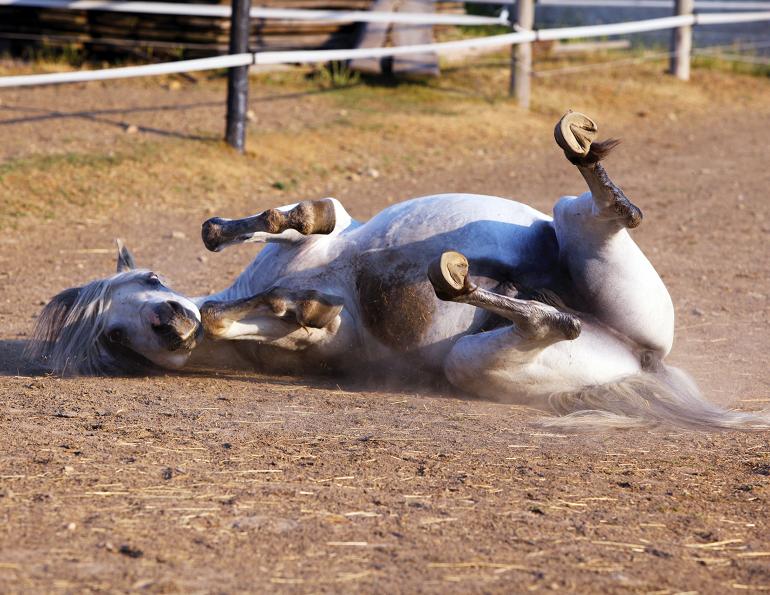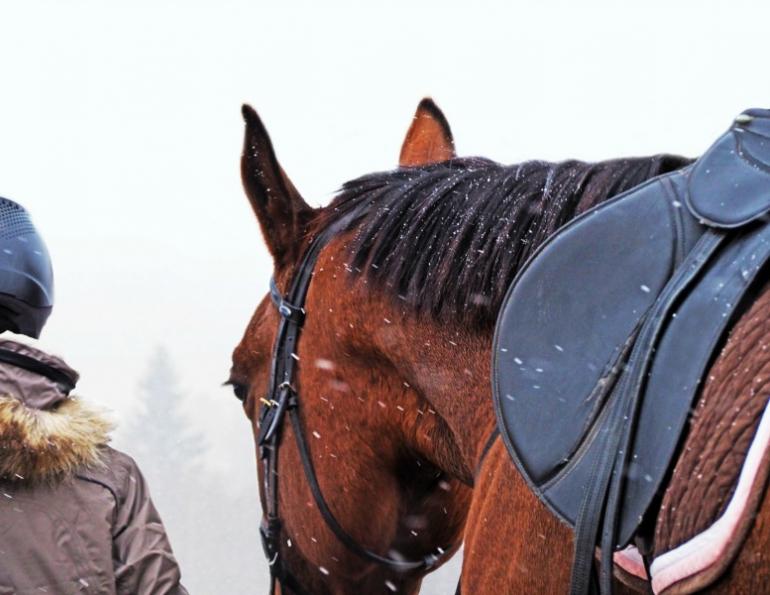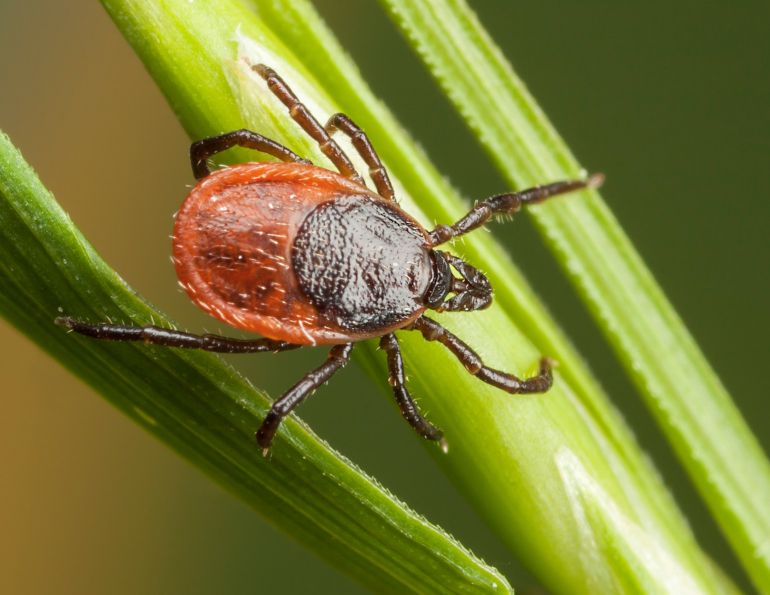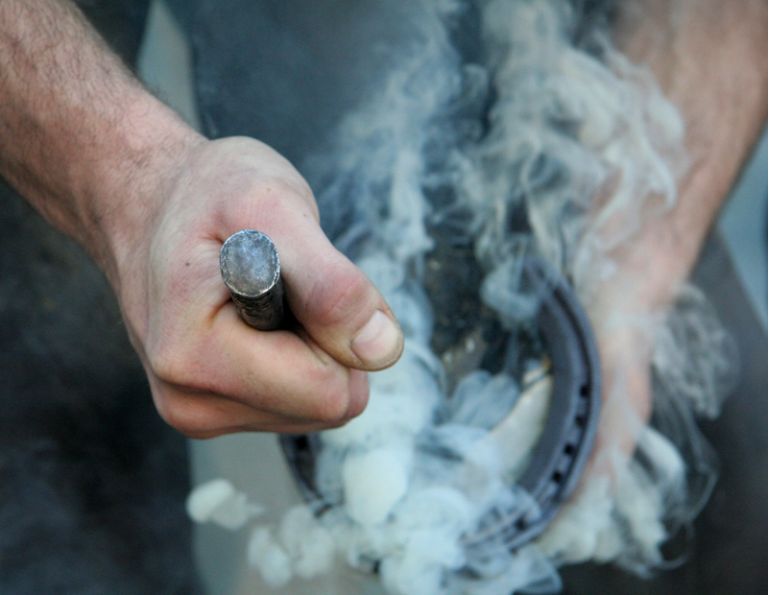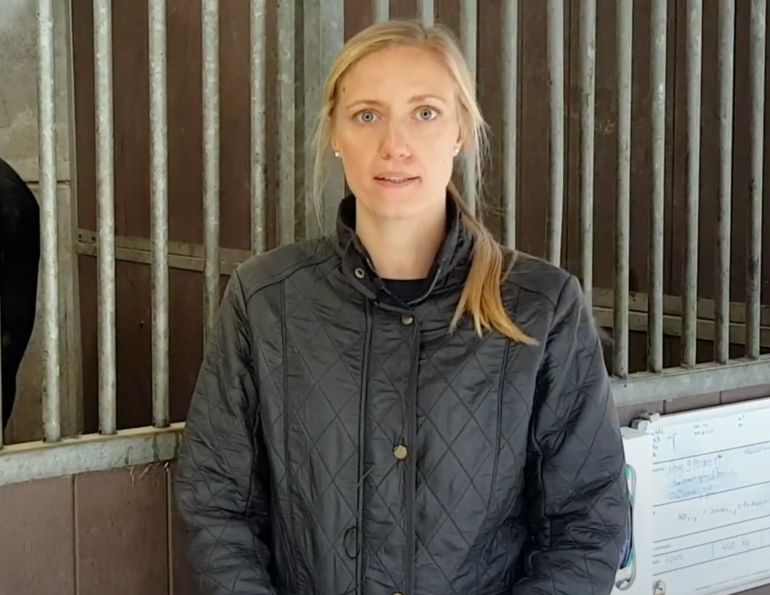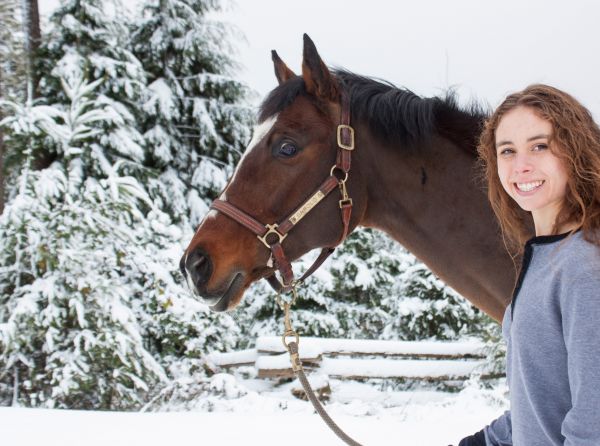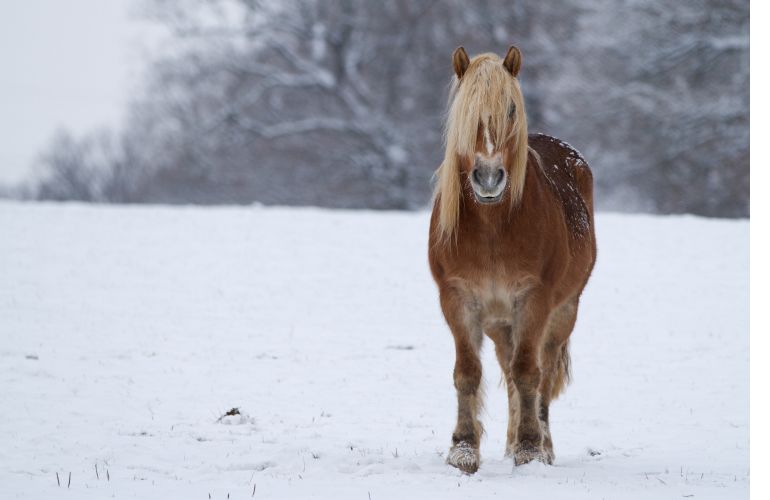By Equine Guelph
Thrush is a prevalent hoof ailment in horses, typically resulting from a fungal infection that deteriorates the frog's tissue. This condition primarily develops in the sulci (grooves) on either side of the frog and in the central cleft. If neglected, thrush can spread to the deeper, more sensitive structures within the hoof, potentially leading to lameness.
Recognizing the Signs of Thrush
One of the most distinctive indicators of thrush is its unmistakable odor—a pungent, rotting smell that lingers in memory. This foul-smelling, black discharge around the frog area of the hoof is a hallmark symptom. Affected horses may flinch or show discomfort when the area is probed with a hoof pick. In more advanced cases, even gentle pressure from a finger can provoke a painful response.
How to Treat and Manage Thrush
Maintaining a clean, dry environment is critical for both prevention and recovery. Stalls should be mucked out daily and bedded with dry, absorbent materials. Turnout paddocks must be well-drained and free of excess mud or manure buildup. Picking out the hooves twice a day is essential—this helps oxygen reach the infected tissue, which naturally inhibits fungal growth in early stages.
A qualified farrier should trim away infected frog tissue to improve air circulation and eliminate hiding places for the fungus. Treatment typically includes saturating cotton with a veterinary-recommended thrush treatment or antifungal solution, then using a hoof pick to press the cotton into the grooves and fissures of the frog. This ensures the medication reaches the source of the infection. Be careful not to leave cotton packed inside the hoof, as continuous pressure can damage delicate frog tissue. If bleeding occurs during cleaning, immediate veterinary attention is advised.
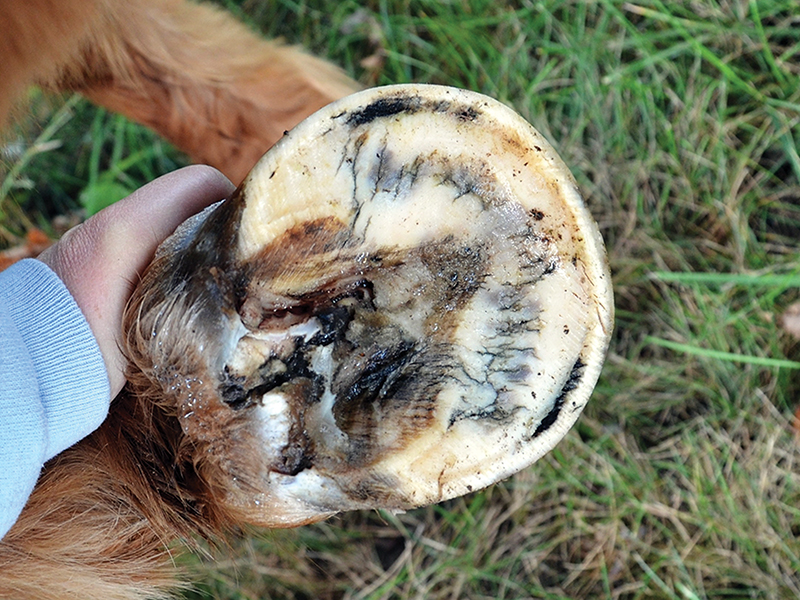
Thrush infection in the hoof of a pony. Photo: iStock/MelissaAnnGalleries
Related: Fundamentals of Proper Hoof Care
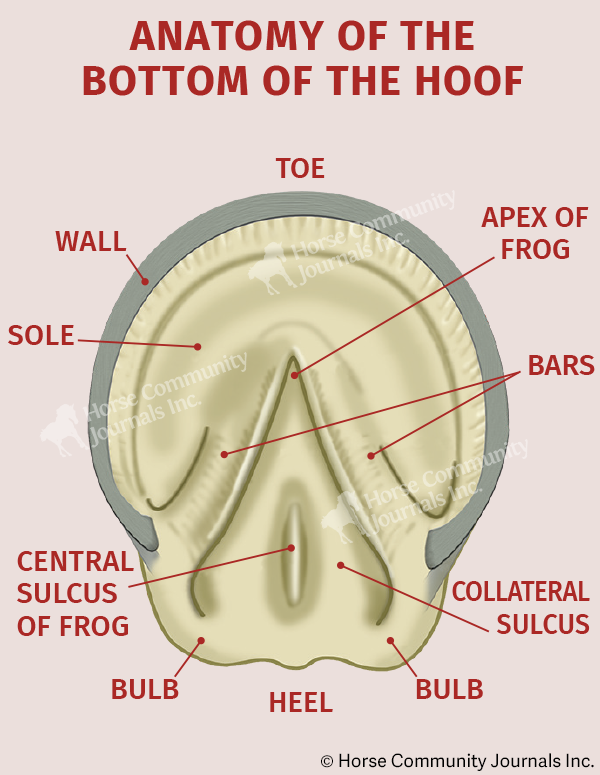
An understanding of the parts of the hoof is necessary to properly maintain it. By knowing how the healthy hoof looks and functions you’ll more readily notice potential problems and be able to communicate concerns to your vet and farrier.
Prevention
The horse should be provided with a clean, dry environment, both in the stall and in the paddock or field. Hooves should be cleaned daily, paying close attention to the central cleft of the frog and the bars. A consistent schedule of farrier care will help keep the feet healthy and guard against overgrown or contracted hooves.
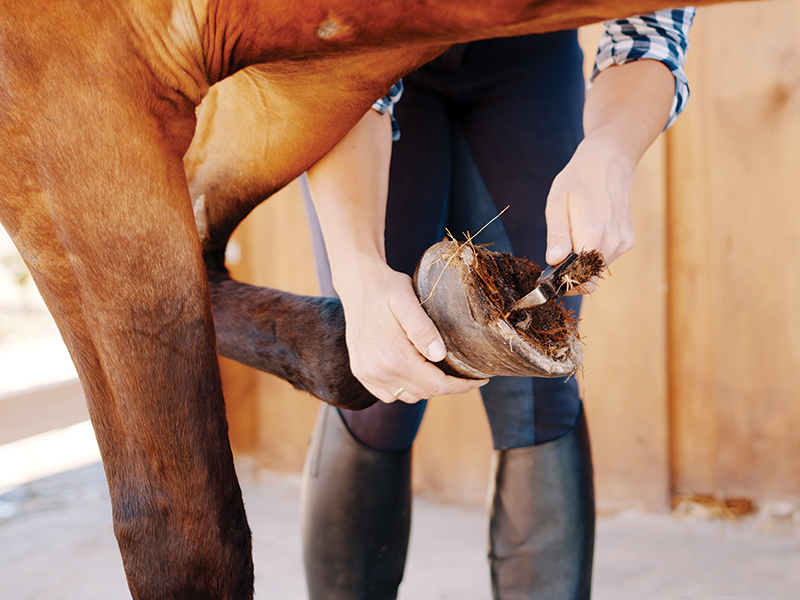
A horse standing in a stall without regular turnout can be at a higher risk of thrush. It’s important to clean hooves regularly rather than let the horse stand with organic material packed in. Photo: Shutterstock/CameraCraft
Good stable management practices and a clean environment are the best defense measures against thrush.
Related: Good Hoof, Bad Hoof
Related: Understanding Laminitis
Published with the kind permission of Equine Guelph.
Main Photo: Regular turnout and exercise in a clean, dry environment help the hoof to self-clean. Credit: Zuzana Tillerova



